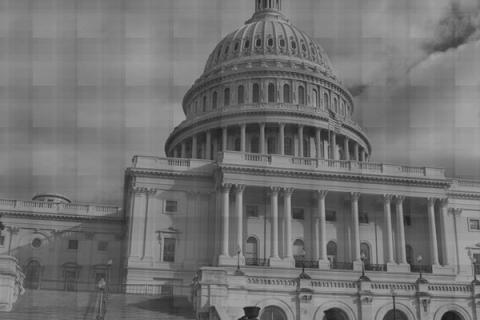AB 32 is the landmark California bill that mandates greenhouse gas emissions in the state be reduced to 1990 levels by 2020. One method it will use is cap-and-trade. However, a coalition of environmental justice groups sued to block it, saying cap-and-trade will do little but dump polluting industries in low-income neighborhoods as they could simply buy credits rather than decreasing their pollution.
The judge agreed with the previous ruling that the California Air Resources Board (CARB) was fixated on cap-and-trade as the only solution that they ignored other possibilities, specifically a carbon tax. Thus, he voided the cap-and-trade part of AB 32 until the state can show it did due diligence.
In an era of increasing populism, taking the haughty technocrat approach probably isn't the best of all possible options. But that's what CARB chair Mary Nichols did, stating that the judge's opinion is "a little bit more than a tempest in a teapot."
The judge offered a scathing critique of CARB's analysis saying "The brief 15-line reference to the carbon fee alternatives consists almost entirely of bare conclusions justifying the cap-and-trade decision. Informative analysis is absent". This sounds considerably more serious than a teapot tempest.
It may be that CARB succeeds in satisfying the judge, but cap-and-trade vs. carbon tax is hardly a minor issue. Those on the right might be startled to learn that this is a brass knuckles issue in environmental circles, with heavyweight supporters on both sides. Mainstream environmental groups such as The Environmental Defense Fund, the Nature Conservancy, and the Natural Resources Defense Council favor cap-and-trade while Economics Nobel laureate Joseph Stiglitz and former Labor Secretary Robert Reich support a carbon tax. This is hardly a closed issue nor has cap-and-trade been shown to be so vastly superior that discussion of alternative methods can safely be ignored.
The lawsuit was filed by several groups, among them the Communities for A Better Environment, West County Toxics Coalition, and the wonderfully named Association of Irritated Residents. While those with suspicious minds might wonder if such groups are not disguised anti-environmentalist Astroturf groups financed by the right, they aren't. A bit of research shows these groups to be genuine grassroots community organizations opposed to what is sometimes called environmental racism. This is the deliberate locating and dumping of pollution in low-income, often African-American or Latino areas. If polluting industries located in such areas can continue to pollute by buying credits to, say, plant trees in a remote forest, then the residents of the low income areas will unduly suffer from the pollution.
It's important to realize that this attack on mainstream environmental views came from the left flank of the environmental movement and not from the anti-environmental right. This is just one skirmish. There will be more.

